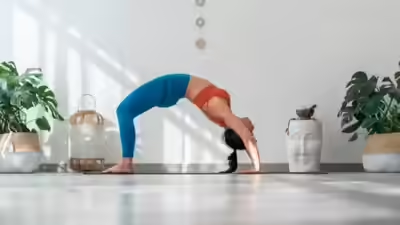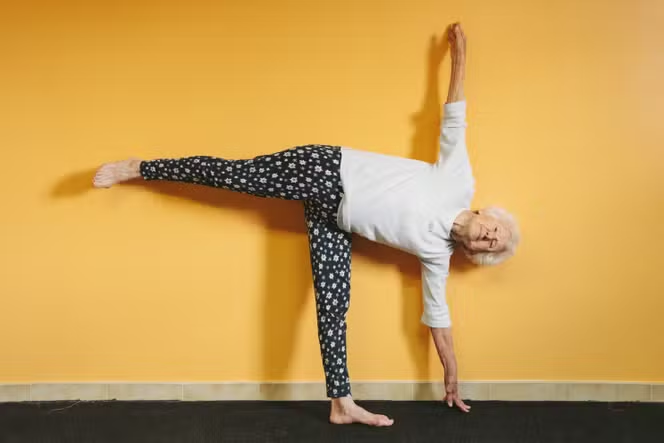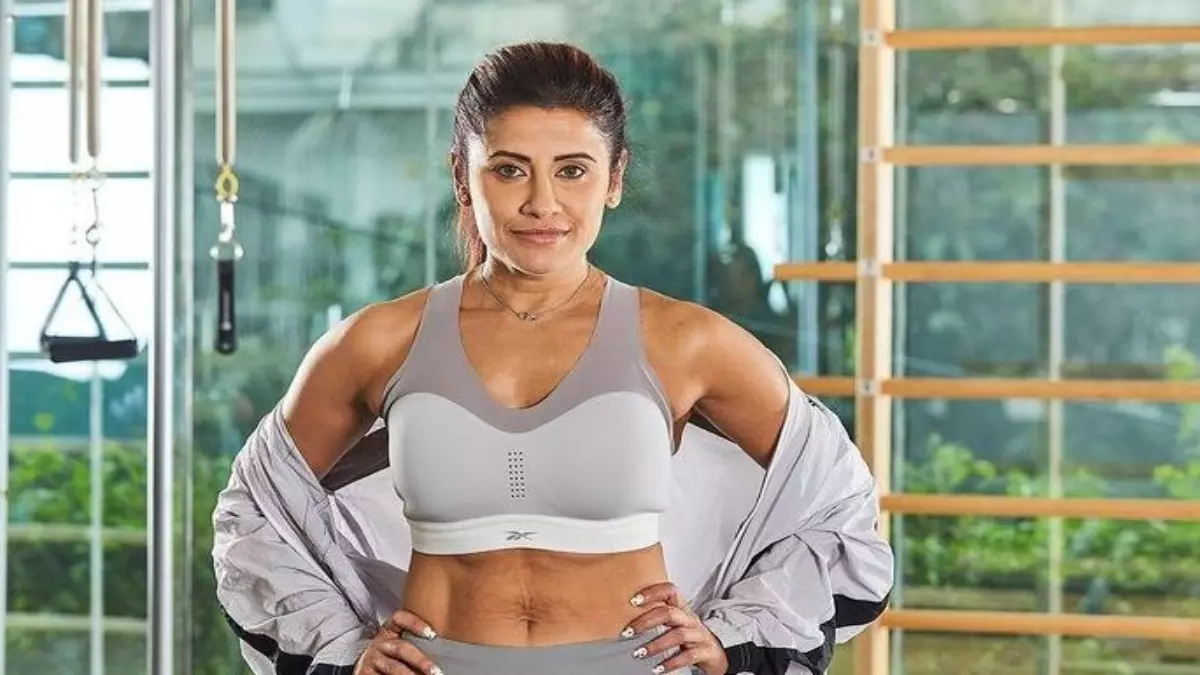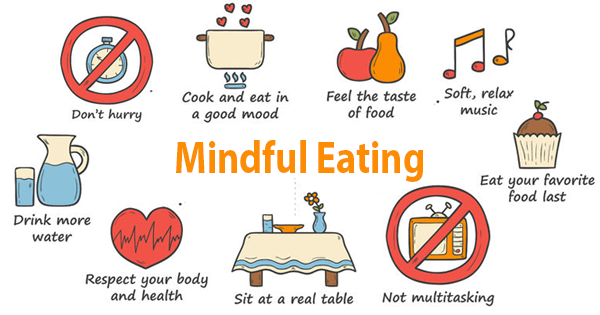Neurologist Warns: Yoga, an ancient practice celebrated worldwide for its strength-building, stress-relieving, and posture-correcting benefits, is followed by over 300 million people globally — with around 36 million practitioners in the United States alone, according to a study by Zippia. However, experts are now warning that while yoga is generally safe, certain poses may pose unexpected risks — including the potential to trigger a stroke.
A stroke occurs when blood flow to the brain is interrupted or reduced, depriving brain tissue of oxygen and nutrients. While lifestyle factors like high blood pressure, diabetes, and smoking are widely known risk factors, specific yoga postures involving extreme neck movements or heavy pressure on the head can also be a trigger — especially in susceptible individuals.
How Yoga Can Lead to Stroke
Dr. Jeremy M. Liff, a triple board-certified neurologist and senior member of the Society of Neurointerventional Surgery at NYU Grossman Long Island School of Medicine and Northwell Lenox Hill, explains that certain yoga poses can injure arteries that run from the neck to the brain, potentially leading to a stroke.
The underlying cause is often a condition known as cervical arterial dissection — a tear in the inner wall of a neck artery. When blood seeps into the tear, it can form a clot that travels to the brain, blocking blood flow and causing a stroke. According to a 2022 clinical case report, cervical arterial dissection is responsible for up to 25% of strokes in young and middle-aged adults.
Who Is Most at Risk?
Not everyone who practices yoga is at risk. However, Dr. Liff cautions that people who are older, have pre-existing cervical spine disease, or suffer from arterial weakness should exercise extra caution. These individuals are more vulnerable to arterial injury from excessive neck movements, particularly during poses that involve hyperextension, deep twists, or weight-bearing on the head and neck.
Read about: Aqua Yoga: 5 Surprising Health Benefits of This Gentle Yet Powerful Water Workout
Yoga Poses That May Increase Stroke Risk
1. Wheel Pose (Urdhva Dhanurasana)
The wheel pose, a backbend that powerfully opens the chest, shoulders, hips, and spine, is a staple in advanced yoga routines. However, this pose also involves significant neck extension, which can strain the arteries in the neck.
A 1973 case report documented one of the earliest instances linking this pose to a stroke. The forceful extension required in the wheel pose can cause micro-tears in the cervical arteries — particularly risky for those with undiagnosed vascular issues.
2. Shoulder Stand (Sarvangasana)
Often praised for its calming effects and circulation benefits, the shoulder stand involves supporting the body’s weight on the shoulders while the neck is bent at a sharp angle. This position places direct pressure on the cervical arteries and may compromise blood flow to the brain.
Doctors caution that even minor arterial injuries from this posture can lead to clot formation and, in rare cases, a stroke — especially if performed incorrectly or held for extended periods.
3. Headstand (Sirsasana)
The headstand, known as the “king of yoga poses,” is one of the most demanding postures, requiring balance, strength, and neck stability. However, the weight-bearing nature of the pose puts tremendous pressure on the cervical spine and arteries.
For individuals with vascular vulnerabilities, this pressure can lead to arterial dissection, resulting in stroke symptoms such as dizziness, vision problems, slurred speech, or sudden weakness.

Warning Signs to Watch For
After practicing intense yoga poses, it’s crucial to be alert to early warning signs of a stroke. Seek immediate medical attention if you experience:
- Sudden numbness or weakness, especially on one side of the body
- Confusion or difficulty speaking
- Vision changes in one or both eyes
- Loss of balance, dizziness, or severe headache
Safe Yoga Alternatives for All Ages
Despite these warnings, experts emphasize that yoga remains a safe and beneficial practice for most people when done with awareness and proper technique. To reduce risks:
- Avoid extreme neck positions and inversions if you have known vascular or spinal issues.
- Warm up thoroughly and progress gradually into advanced poses.
- Consult a qualified yoga instructor or physiotherapist before attempting challenging postures.
- Combine yoga with strength training, stretching, and cardiovascular exercise for a balanced fitness routine.
Also read: BMW G 310 RR Limited Edition Launched in India at Rs. 2.99 Lakh
Final Thoughts
Yoga continues to be a powerful tool for physical and mental well-being, but it is not entirely without risk — especially when performed without proper guidance or awareness. As Dr. Liff notes, “The benefits of yoga are undeniable, but we must respect the limits of our bodies. Understanding the potential risks allows us to practice safely and reap yoga’s full rewards.”
With mindful practice and informed choices, yoga can continue to support longevity, strength, and inner peace — without compromising your vascular health.
FAQs
Q1: Should beginners worry about stroke risk from yoga?
Not necessarily. Most risks occur with advanced poses or incorrect technique. Beginners should focus on basic, gentle postures and avoid neck-heavy movements.
Q2: Can cervical arterial dissection heal on its own?
In some cases, minor tears may heal naturally with rest and medication. However, immediate medical attention is crucial to prevent complications.
Q3: Are yoga inversions safe for everyone?
No. Individuals with hypertension, cervical spine issues, or vascular conditions should consult a doctor before attempting inversions like headstands or shoulder stands.
Q4: Can yoga still reduce stroke risk overall?
Yes. Gentle yoga that improves blood circulation, lowers blood pressure, and reduces stress can support long-term cardiovascular health when practiced safely.

I am the founder and writer of Healthwali.com. Here I personally publish every update, Fitness and Yoga guide , read more for you – that too in easy language.







